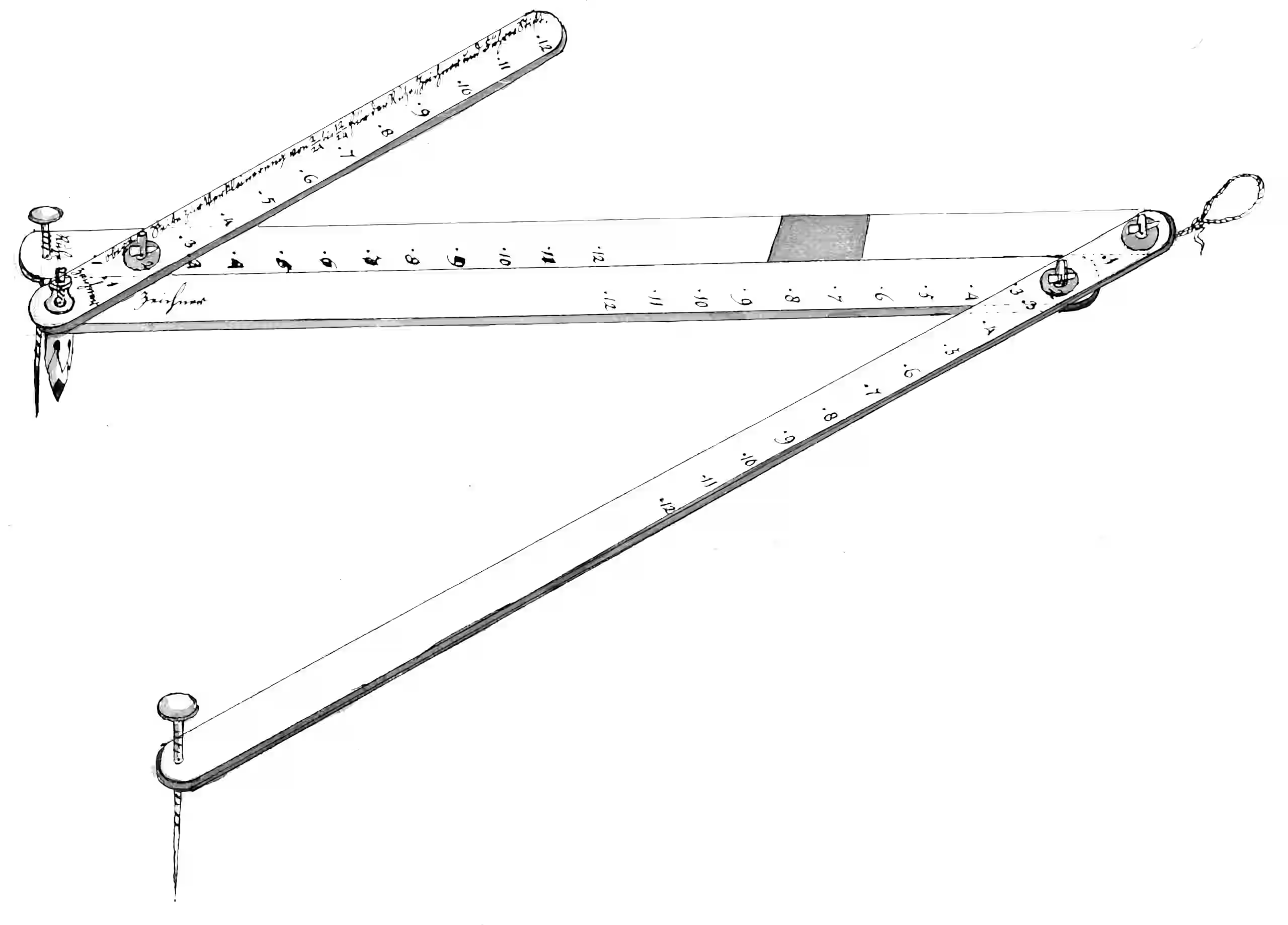Posterior Gamma process samples by updating prior samples
2022-10-12 — 2022-10-12
Wherein a method is proposed for transforming prior Gamma process samples into posterior samples, and it is shown that updates are effected by rate changes and added atoms with summaries given by event counts and cumulative mass.
functional analysis
generative
Hilbert space
kernel tricks
Lévy processes
measure
nonparametric
physics
point processes
probability
SDEs
spatial
statistics
stochastic processes
time series
uncertainty
Can we find a transformation that will turn a Gamma process prior sample into a Gamma process posterior sample?
What are the summary statistics for such a process with respect to which we could construct an update? Would it be in terms of rate changes or addition of other processes?
